How To Make Cuttings Root Faster (14 Expert Tips)
-
Greg Iacono
- Last updated:

Propagating plants is one of the best ways to increase your collection without buying them all at your local garden center. When you do it right, you can take cuttings from practically any plant and make more to hang, display, and enjoy in your home. One key to propagation success is getting your cuttings to root, which must be done before you can put them in soil. Some plants take longer than others to root, but many will root faster if you know a few tips. To help, 14 of our tips below are all concentrated on making your cuttings root faster. Use them to root your cuttings quickly and propagate your plants like a pro!

How to Make Cuttings Root Faster
1. Test Your Tap Water
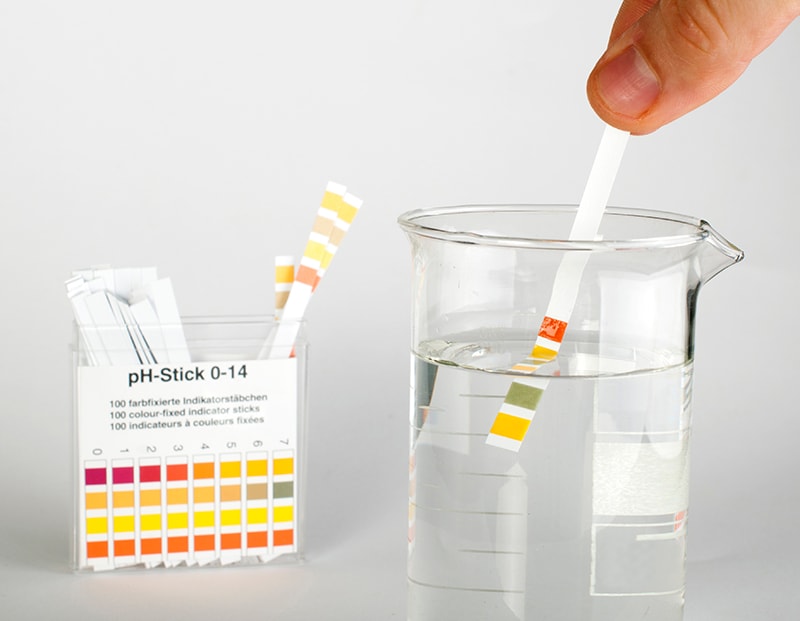
As with all living things, your plant cuttings need water to root. Many Americans use tap water, but some of the water flowing from America’s taps isn’t the best for plants (or people). To ensure that your water will help your plants to propagate, get it tested or purchase a home water testing kit. They aren’t made to test water for plants, but if the test says it’s safe to drink your tap water, your plants will be OK too. If it’s not potable, purchase distilled water for your cuttings instead.
2. Make a Mini Greenhouse With a Zipped Plastic Bag
All plants do well in a greenhouse, and the same goes for cuttings. You can create the same humid, warm environment for your cuttings using a large plastic bag with a zipper, like those you get when you purchase a new comforter for your bed. Use a few empty paper towel rolls at the corners to keep the bag propped open, and put your cuttings inside. Close the zipper but not fully so that the cuttings get some much-needed airflow. Lastly, set the entire mini-greenhouse in a sunny spot and let the heat and humidity help your cuttings develop roots.
3. Use a Quality Rooting Powder
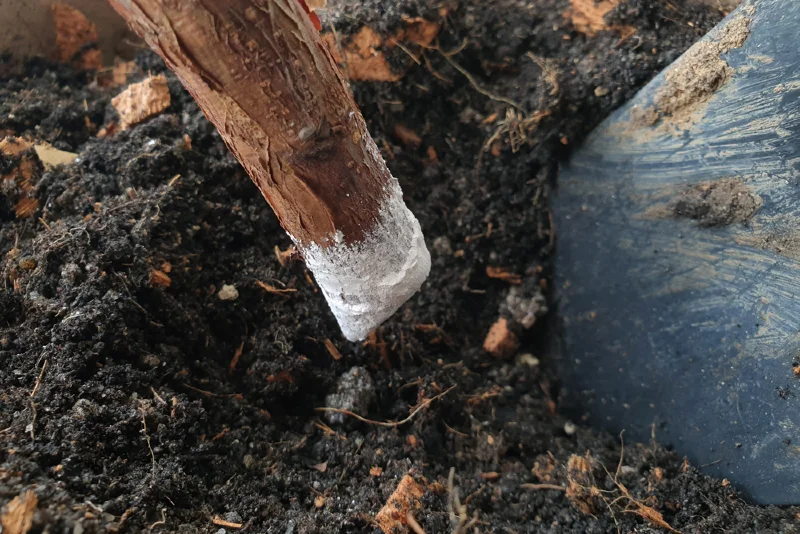
Rooting powder can be put into the container where your cuttings are being propagated and mixed in with the water. The powder kills fungus and bacteria that can harm the cutting while it roots. Rooting powder also protects the plant’s stem from rotting after being submerged for so long in the water. Lastly, most rooting powders contain a hormone that speeds up the growth of the new roots.
4. Don’t Go From Water to Soil too Quickly
One common mistake gardeners make when planting recently propagated roots is to take them directly from the water-filled container where they were “born” and put them directly into a pot filled with soil. This sudden and drastic change can be extremely stressful on young roots and, in some cases, kill them. Experts recommend stretching out the process by mixing a small amount of soil into the plant’s water container every day. By the time you take the roots out, they will be accustomed to the new soil-filled environment and grow much stronger and healthier.
5. Take Cuttings From Woody Plants Following Their Growing Cycle
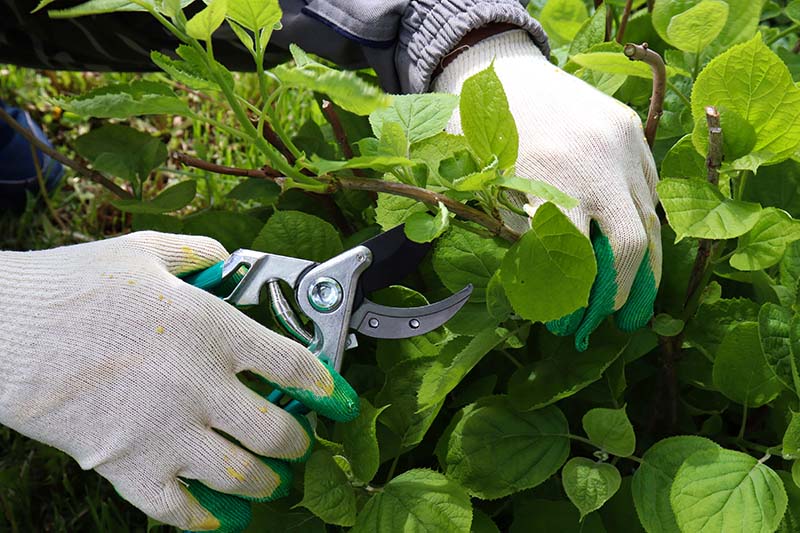
Woody plants are a bit more difficult to propagate than geraniums, which can be propagated year-round. With woody plants, it’s best to get cuttings during very specific times during their growing cycle. The challenge is knowing which times are best, which changes from one woody plant to another. Your best bet is to research the specific plant you wish to propagate and find out what time of year is best before you start.
6. Know Your Cuttings
Not all cuttings are alike; there are four types of cutting you should know about if you’re going to propagate your plants. The first is softwood cuttings which, as you might have guessed, are made from fresh, new growth. Softwood cuttings are usually taken in spring. Greenwood cuttings are taken from shrubs like the gardenia when the plant’s young stems are maturing but still haven’t reached a year of age. Around mid-summer and early fall, the tougher and more mature semi-hardwood cuttings are taken from plants like honeysuckle. Lastly, hardwood cuttings in late fall and winter are taken from trees and shrubs like the viburnum that have bare stems and are dormant for the season.
7. Plants with Soft Stems Root the Fastest in Water

One of the easiest ways to propagate a plant with soft stems is to cut it and place the stem in a glass or jar of water. Most succulents will root quickly and easily using this method, as well as geraniums, begonias, and lucky bamboo. All you need is a 5 to 6-inch stem with the roots removed from the lower half. Place the remaining stem in a small container of water (mason jars work well) and ensure it stays in the water until fresh new roots begin to grow. You should also change the water every few days and use rooting powder.
8. Be Patient
Even when you do everything perfectly, no method will significantly speed up the propagation process. Yes, some of the techniques discussed today will help, but at the end of the day, most cuttings will need 3 to 6 weeks to grow the new roots they need to survive on their own and become full-fledged plants. If any plant you’re trying to propagate takes longer than this, check to ensure that the water, environment, and cuttings are all sound and safe for growing.
9. If You Tug and It Stays Put, Your New Cutting Is Ready to be Potted

Many home gardeners don’t know when to take a rooted cutting and place it into its new pot. One easy way to determine if your cutting(s) is ready is to give it a gentle tug. If it stays in place and feels tight in its temporary environment, it’s ready to be repotted. If the cutting starts to pull out of the soil when you tug on it, leave it for a little longer so its roots can grow further. If your cutting is ready, dig it up gently and place it in its final pot.
10. Keep Newly Potted Cuttings Away from Direct Sun
New cuttings that have rooted and been potted should be kept out of direct sunlight for the first 8 to 10 days. As time passes, slowly move the new plants to brighter areas until they are in direct sunlight on day 10. This will prevent the new shoots, leaves, and plant growth from being burned by UV rays.
11. Let the Cut Ends of Succulents Dry Out for a Day or Two
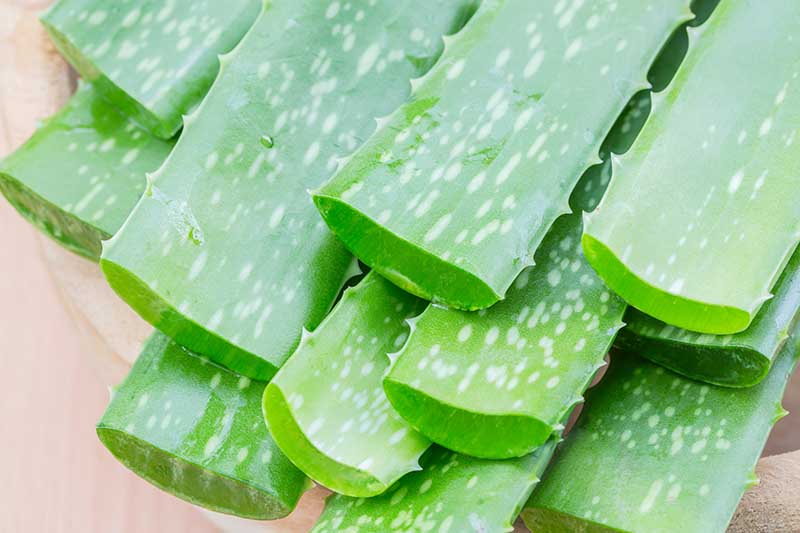
One of the best tricks when propagating succulents is to let the cut portion dry out and become “callous.” Typically, this takes between 1 and 3 days, depending on the type of succulent you’re propagating. Drying out the plant’s cut end helps prevent the leaves from rotting while it sits in the water and grows new roots, and will help the roots grow faster.
12. Take Cuttings from New, Healthy Parts of the Plant
One common mistake many make when propagating plants is to take a cutting from an older, and even sickly, part of a plant. If you want new, strong plants, you should take them from the strongest parts of the existing plant! If your plant is healthy, taking a few cuttings from a healthy area won’t hurt it and might even prompt it to grow thicker.
13. Don’t Use Softened Water
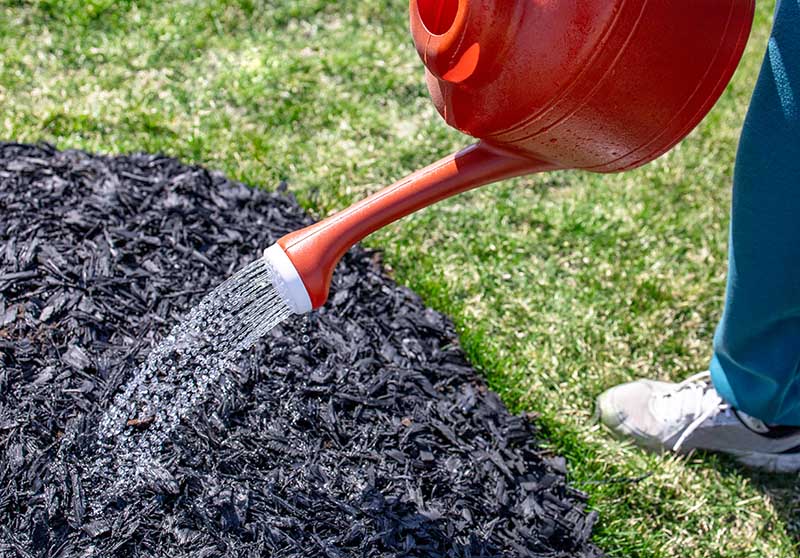
Many homes around the United States use water softeners to remove magnesium and calcium from “hard” tap water. The problem is that those same water softeners then replace the magnesium and calcium with sodium, which is toxic to plants. If your home uses a water softener to soften the water in your taps, it’s highly recommended that you purchase distilled water to use with your plant cuttings.
14. Change the Water Every 2 to 3 Days
If you propagate plants by placing them in a jar or glass of water, you should change that water every 2 to 3 days. Even if the glass is full, the oxygen supply in the water could be zero. If so, your plant cuttings won’t get the oxygen they need to root and will rot and die. Changing the water every 2 or 3 days will give the cuttings the oxygen they need to thrive.

Conclusion
All 14 expert tips on today’s list should help your cuttings root faster and provide plenty of new plants to enjoy around your home. It’s worth noting, however, that whatever you do, most plants will take between 3 and 6 weeks to root well enough to be potted. In other words, you need to be patient, change their water, and make sure they get plenty of light. Best of luck, and happy planting!
- https://www.bhg.com/gardening/houseplants/care/propagating-houseplants/
- https://www.canna.com.au/how_take_cuttings
- https://planethouseplant.com/how-to-make-cuttings-root-faster-in-water/
- https://www.lovethatleaf.co.nz/blogs/plant-care-guides/simple-natural-growth-hack-to-speed-up-root-growth-when-propagating
- https://www.ohiotropics.com/2020/06/16/pothos-not-rooting/
- https://www.thesill.com/blog/tips-tricks-for-a-successful-plant-propagtion
Featured Image Credit: Stanislav71, Shutterstock
Contents
